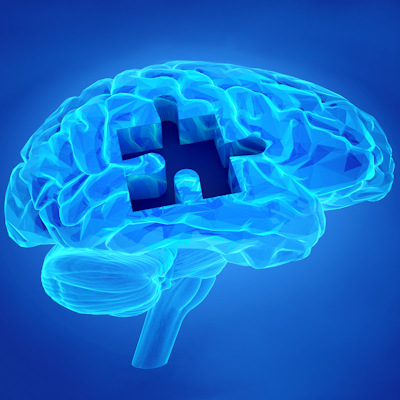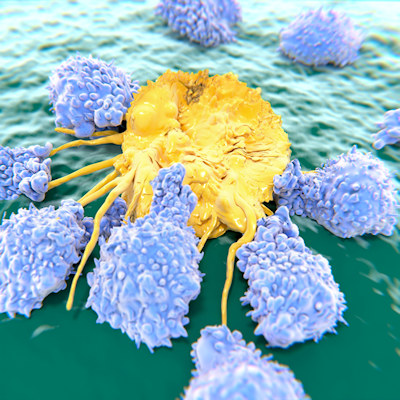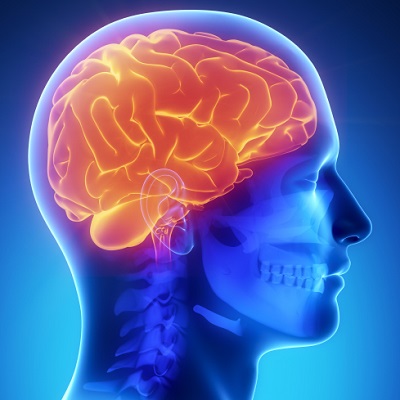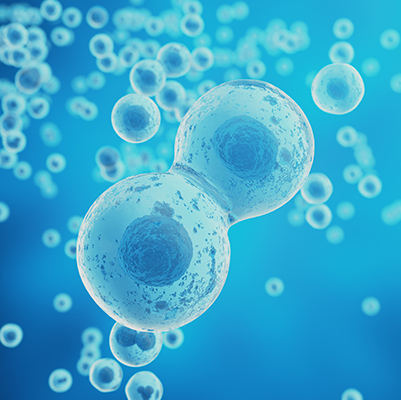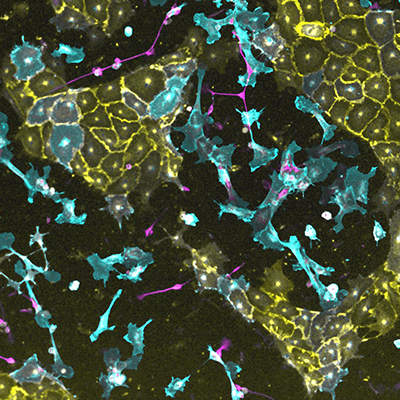January 12, 2023 -- Northwestern University-led researchers have created the first highly mature neurons from human induced pluripotent stem cells. The study, published January 12 in the journal Cell Stem Cell, holds potential for new neurodegenerative disease therapies.
Although researchers have previously differentiated stem cells to become neurons, those neurons were functionally immature, diminishing their potential for neurodegeneration studies. To create the mature neurons, the team first differentiated human induced pluripotent stem cells (iPSCs) into motor and cortical neurons, then placed them onto synthetic nanofiber coatings -- scaffolds composed of many nanofibers -- containing rapidly moving "dancing molecules."
Previous research revealed how to tune the motion of these dancing molecules, enabling them to find and properly engage with constantly moving cellular receptors. Because cellular receptors can move at swift rates on the cell membrane -- sometimes in milliseconds -- they can be difficult-to-hit moving targets. The synthetic coatings' signaling molecules, which mimic biological molecule motion, moved equally fast. Hence, like two dancers, they were optimally synchronized.
Neurons cultured on these dynamic coatings became the most mature, most capable of intense signaling, and least likely to aggregate, and were thus easier to maintain. They also had greater branching ability -- a characteristic required for neurons to make synaptic contact with one another.
The researchers followed up by using skin cells from a patient with amyotrophic lateral sclerosis (ALS) and converting them into patient-specific iPSCs. They differentiated those stem cells into motor neurons -- the cell type afflicted in this neurodegenerative disease. Finally, they cultured neurons on the synthetic coating materials to further develop "ALS neurons" for use in testing potential therapies.
By advancing the age of neurons in cellular cultures beyond what was previously possible, such mature neurons could potentially be transplanted into patients with spinal cord injuries as well as neurodegenerative diseases, including ALS, Parkinson's disease, Alzheimer's disease, and multiple sclerosis.
For example, physicians could take skin cells from a patient with ALS or Parkinson's disease, convert them into iPSCs and then culture those cells on the coating to create healthy, highly functional neurons for transplantation to replace damaged or lost neurons, potentially restoring lost cognition or sensations. Because the initial cells came from the patient, the iPSC-derived neurons would genetically match the patient, potentially eliminating the possibility of rejection. Researchers may also use these iPSCs-derived mature neurons to better study aging-related illnesses and adult-onset diseases in relatively simple and cost-effective cell cultures.
"To be useful in a therapeutic sense, you need a mature neuron. Otherwise, it is like asking a baby to carry out a function that requires an adult human being," explained Northwestern professor and co-corresponding author Samuel I. Stupp, PhD, in a statement. "We have confirmed that neurons coated with our nanofibers achieve more maturity than other methods, and mature neurons are better able to establish the synaptic connections that are fundamental to neuronal function."
Copyright © 2023 scienceboard.net




